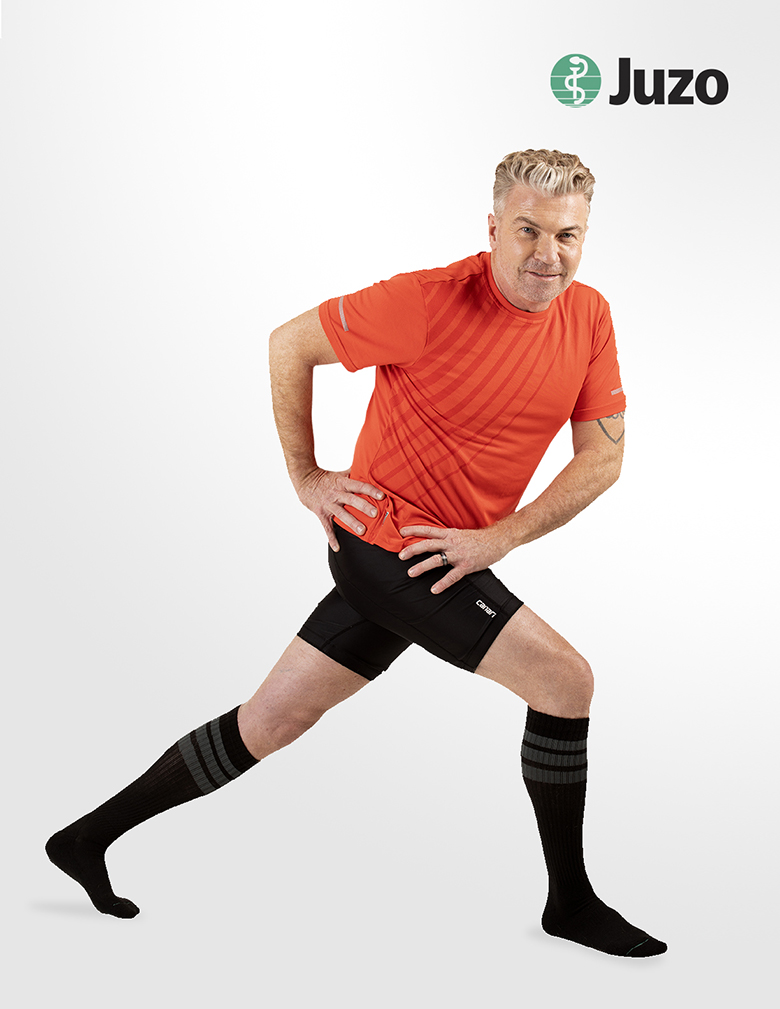The Science Behind Compression Garments: How They Work
Compression garments have gained popularity in recent years, not just in medical settings but also among athletes and everyday individuals. But what exactly makes these tight-fitting clothes so effective? Let’s dive into the science behind compression garments and explore how they work.
The Basics of Compression
At its core, compression therapy involves applying controlled pressure to specific parts of the body. This pressure is typically graduated, meaning it’s tightest at the extremities (like ankles or wrists) and gradually decreases as it moves up the limb. This design helps promote blood flow back to the heart.
Improved Circulation
One of the primary benefits of compression garments is enhanced blood circulation. The pressure applied to the body’s tissues and blood vessels helps push blood back towards the heart more efficiently. This improved venous return:
1. Reduces swelling and inflammation
2. Helps remove metabolic waste products
3. Increases oxygen delivery to muscles
Reduced Muscle Oscillation
During physical activity, muscles naturally vibrate or oscillate. Compression garments act like a second skin, reducing this muscle movement. Less oscillation means:
1. Decreased muscle fatigue
2. Reduced risk of muscle damage
3. Improved proprioception (awareness of body position)
Temperature Regulation
Many compression garments are designed with moisture-wicking materials. This feature helps regulate body temperature by:
1. Pulling sweat away from the skin
2. Promoting evaporation for a cooling effect
3. Maintaining an optimal body temperature for performance

Faster Recovery
The combination of improved circulation and reduced muscle oscillation contributes to faster recovery after exercise or injury. This is achieved through:
1. Decreased inflammation and swelling
2. Faster removal of lactic acid and other metabolic wastes
3. Reduced muscle soreness and fatigue
Psychological Benefits
While less scientifically quantifiable, the psychological impact of compression garments shouldn’t be overlooked. Many users report:
1. Increased confidence in movement
2. A feeling of support and stability
3. Improved focus and body awareness
Medical Applications
In medical settings, compression garments play crucial roles in:
1. Managing lymphedema by promoting lymphatic drainage
2. Supporting venous health and reducing the risk of deep vein thrombosis
3. Assisting in post-surgery recovery by controlling swelling and promoting healing

The Technology Behind Compresion Garments
Modern compression garments are engineered with precision. Factors like fabric type, weave, and elasticity are carefully controlled to provide the right amount of pressure. Many garments now incorporate:
1. Gradient compression for optimal blood flow
2. Targeted compression zones for specific muscle groups
3. Breathable, moisture-wicking materials for comfort
Compression Garment - Science at Work
The science behind compression garments reveals a complex interplay of physiology and engineering. By applying controlled pressure to the body, these garments can improve circulation, reduce muscle fatigue, speed up recovery, and provide numerous other benefits. As research continues, we’re likely to see even more innovative applications of compression technology in both medical and athletic fields.
Remember, while compression garments offer many benefits, it’s always best to consult with a healthcare professional before using them for medical purposes or intensive athletic training.






